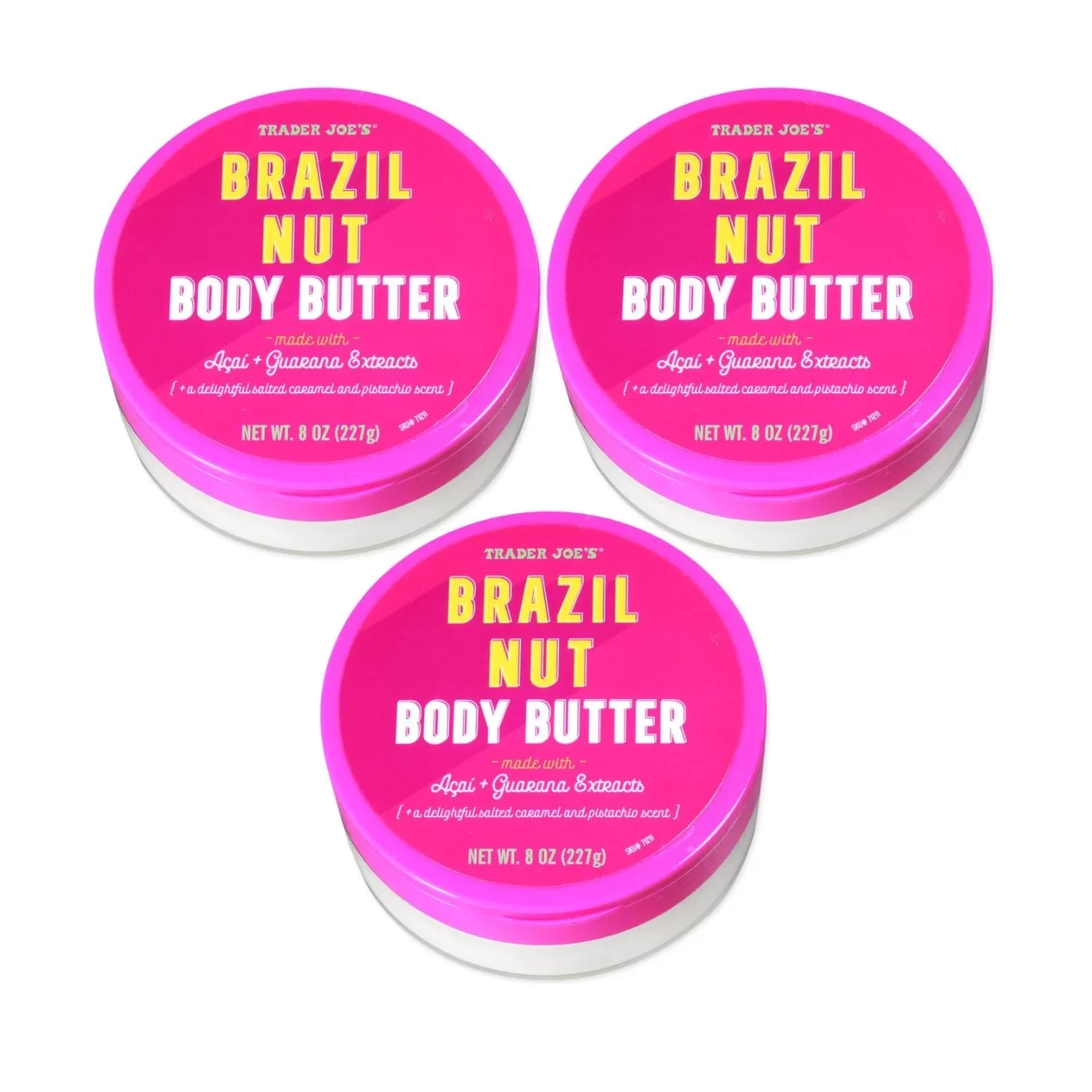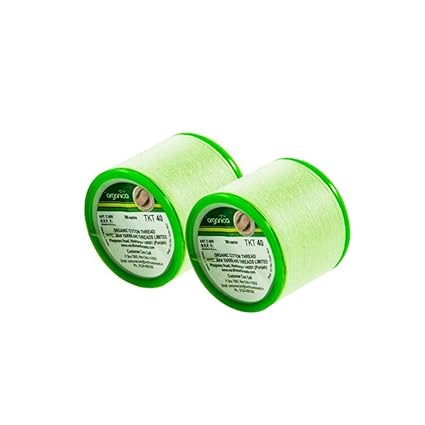
 By
Stylist Venita
By
Stylist Venita

Threading is a popular hair removal technique that has been used for centuries. It involves using a cotton thread to remove unwanted hair from the root. When it comes to sideburns, threading offers precise and clean results. The thread is twisted and rolled over the sideburns, catching the hair and pulling it out from the follicle. This method is effective in removing even the finest and shortest hairs, leaving the sideburns smooth and well-groomed. Threading sideburns also allows for shaping and defining the area, creating a more precise and symmetrical look. It is a relatively quick process and provides longer-lasting results compared to other methods like shaving or waxing.
Threading offers several benefits over other hair removal methods, especially when it comes to sideburns. Firstly, threading is a more precise technique, allowing for accurate shaping and detailing of the sideburns. It can remove even the finest and shortest hairs, ensuring a completely smooth and clean result. Unlike shaving, threading does not cause any cuts, razor burns, or ingrown hairs, making it a gentler option for sensitive skin. Additionally, threading is a chemical-free method, making it suitable for individuals with allergies or skin sensitivities. Threading also offers longer-lasting results compared to methods like shaving, as it removes hair from the root, resulting in slower regrowth. Overall, threading is an effective and safe method for achieving well-groomed sideburns.

Before starting the threading process for your sideburns, it is essential to gather all the necessary tools and materials. Here’s what you’ll need:1. Threading thread: Look for a high-quality threading thread that is specifically designed for facial hair removal. The Organic Cotton Eyebrow Threading Thread by ORGANICA (ASIN: B015WFRB36) is a great option. Made with organic cotton, it provides gentle and irritation-free threading.2. Scissors: You may need scissors to trim any long or unruly sideburn hairs before threading.3. A mirror: A handheld mirror or a larger mirror placed in front of you will allow you to have a clear view of the sideburns area.4. A clean towel or cotton pads: These will come in handy to wipe off any excess threading powder or to clean the area before and after threading.
To achieve the best results when threading sideburns, it is crucial to prepare the area properly. Follow these steps:1. Cleanse the area: Use a gentle cleanser or a damp cotton pad to cleanse the sideburns area and remove any dirt, oils, or makeup residue.2. Apply a numbing cream (optional): If you have a low pain threshold, consider applying a numbing cream to the sideburns area before threading. This can help minimize any discomfort during the process.3. Trim excess hair: Use scissors to trim any long or stray hairs in the sideburns area. This will make threading easier and more precise.4. Dust the area with threading powder: Threading powder helps to absorb moisture and provides a better grip on the hair. Lightly dust the sideburns area with some threading powder.
To begin threading your sideburns, you will need to create a threading loop using the cotton thread. Take a long piece of thread, approximately 12-18 inches, and tie the ends together to form a loop. Make sure the loop is secure but not too tight. This loop will be used to twist and remove the unwanted hair from your sideburns.
Once you have the threading loop ready, position it on your sideburns. Hold one end of the loop in each hand, and twist it a few times to create tension. Gently place the twisted part of the loop against your sideburns, making sure the hair is trapped within the loop.
Now, using a back-and-forth motion, move the loop along your sideburns, allowing the twisted section to catch and remove the hair. Be careful not to pull too hard or too fast, as this can cause discomfort or skin irritation. Continue threading until you have removed all the unwanted hair from your sideburns.

Threading sideburns requires precision and control to achieve desired results. One crucial aspect of threading is maintaining the right tension in the thread. To start, cut a piece of thread about 30 centimeters long and tie the ends together in a secure knot, creating a loop. Hold the loop with both hands, placing your index and middle fingers through the loop. Now, twist the loop a few times to create tension.
To maintain the right tension while threading sideburns, position the twisted loop around your fingers with the knot facing downwards. Gently glide the loop over the sideburn area, moving against the direction of hair growth. As you move the loop, the twisted portion will catch and remove the unwanted hair. Remember to maintain consistent tension throughout the process for effective hair removal.
Threading sideburns can sometimes cause pain or discomfort, especially if it’s your first time or if you have sensitive skin. However, there are a few techniques you can try to minimize any potential discomfort. Firstly, ensure your skin is clean and dry before threading. This helps to reduce friction and irritation.
If you experience pain during the process, try holding the skin taut with your free hand. This can help to reduce pulling and make the threading process smoother. Additionally, consider using a numbing cream or applying a cold compress to the area before threading. These measures can help numb the skin and minimize any discomfort.
Remember, threading sideburns may cause mild redness or temporary irritation, which should subside within a short period. If you experience persistent or severe discomfort, it’s advisable to consult a professional aesthetician for assistance.
Threading sideburns can leave your skin feeling sensitive and irritated. To minimize discomfort and promote healing, it’s important to apply soothing products or remedies after the procedure. One effective option is to use aloe vera gel, known for its calming properties. Simply apply a thin layer of aloe vera gel to the threaded area, gently massaging it in until fully absorbed. The coolness of the gel will provide instant relief and help reduce any redness or inflammation.
Another great option is to use a cold compress. Take a clean washcloth and soak it in cold water, then place it over your threaded sideburns. The cold temperature will constrict the blood vessels, reducing swelling and soothing any discomfort. Leave the compress on for a few minutes, or until you feel relief.
Remember to avoid using any harsh or fragranced products immediately after threading, as they can further irritate the skin. Stick to gentle, natural remedies to ensure a speedy recovery and a comfortable experience.
Threading sideburns not only removes unwanted hair but also increases the risk of irritation and ingrown hairs. To prevent these issues, it’s essential to follow a few simple steps. Firstly, avoid touching the threaded area excessively, as this can introduce bacteria and cause irritation. Additionally, avoid applying heavy creams or oils that can clog the hair follicles, leading to ingrown hairs.
Exfoliation is crucial in preventing ingrown hairs. Use a gentle scrub or exfoliating brush to remove dead skin cells around the sideburns regularly. This will help unclog the pores and allow hair to grow freely without getting trapped beneath the skin’s surface. Remember to be gentle to avoid further irritation.
Moisturizing the threaded area is also important. Choose a non-comedogenic moisturizer that won’t block the pores. Keeping the skin hydrated will help maintain its health and prevent dryness, reducing the likelihood of ingrown hairs.
By following these simple steps, you can ensure a smooth and irritation-free experience when threading your sideburns.

Threading sideburns is a popular and effective method for removing unwanted hair, but it may not be suitable for everyone. If you’re looking for an alternative option, waxing can be a great choice. Waxing sideburns involves applying a warm wax to the area and then quickly removing it, along with the hair, using a cloth strip.
One advantage of waxing sideburns is that it provides longer-lasting results compared to threading. When you thread your sideburns, you’re only removing the hair from the surface, while waxing pulls the hair out from the root. This means that you can enjoy smooth sideburns for a longer period of time before the hair regrows. Additionally, waxing can make the hair grow back finer and softer over time, reducing the need for frequent removal.
However, it’s important to note that waxing can be more painful than threading, as it involves pulling the hair out from the root. If you have sensitive skin or a low pain tolerance, you may find waxing sideburns uncomfortable. Furthermore, waxing should be performed by a professional to ensure proper technique and minimize the risk of skin irritation or burns.
Shaving is a quick and convenient method for removing sideburn hair, but it comes with its own set of pros and cons. One of the main advantages of shaving sideburns is that it’s painless and can be easily done at home. All you need is a razor and some shaving cream or gel, and you can quickly get rid of unwanted hair.
Another benefit of shaving sideburns is that it provides immediate results. Unlike threading or waxing, which may require appointments or preparation, shaving can be done on the spot whenever you feel the need. This makes it a convenient option for those who prefer a quick fix.
However, there are a few drawbacks to shaving sideburns. First, the hair grows back relatively quickly compared to other hair removal methods. You may find yourself needing to shave your sideburns every few days to maintain a smooth appearance. Additionally, shaving can sometimes cause irritation, razor burn, or ingrown hairs, especially if not done properly or with a dull blade.
In conclusion, threading sideburns is a popular option, but if you’re looking for alternatives, waxing and shaving are worth considering. Waxing provides longer-lasting results and can lead to finer hair regrowth, but it may be more painful and require professional assistance. On the other hand, shaving is painless and convenient, but it needs to be done frequently and can cause irritation if not done properly. Choose the method that best suits your preferences and needs for flawless sideburns.




